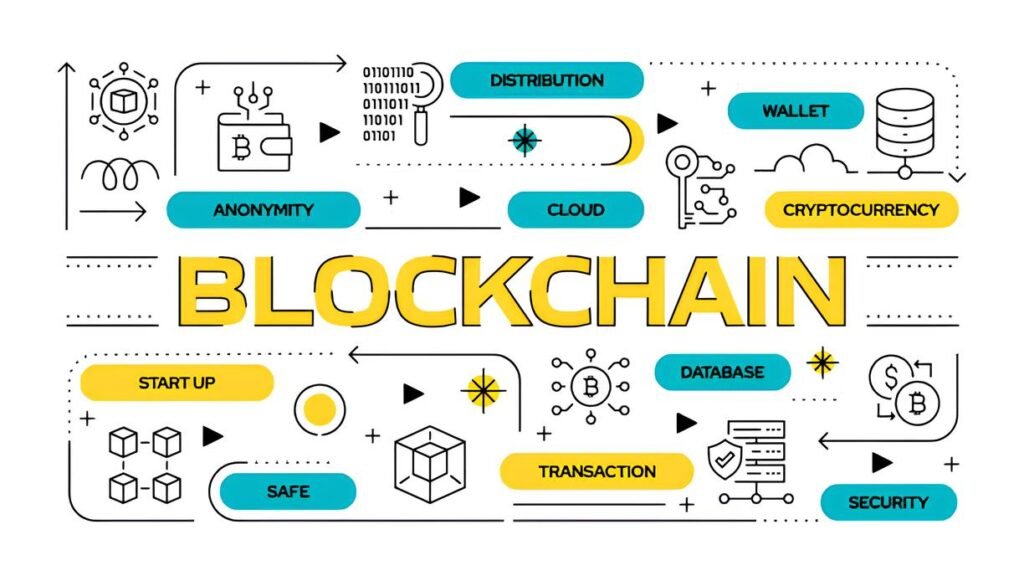Should Darknet Tools Be Taught in Schools of Journalism?
Imagine a world where budding journalists are not only trained in investigative reporting but also equipped with the technical know-how to navigate the hidden corners of the internet safely and ethically. What if part of their education included mastering tools designed to access the darknet—a realm often associated with secrecy, controversy, and high-stakes stories? It’s a provocative thought that challenges conventional journalistic curricula.
In an era where leaks, whistleblowers, and anonymous sources shape public discourse, understanding darknet tools might be more relevant than ever. Yet, it raises important questions about responsibility, ethics, and the risks involved. Should journalism schools embrace these tools as part of their training? Or does that cross a line?
In This Article
- Why Darknet Tools Matter to Modern Journalists
- An Overview of Core Darknet Tools for Reporting
- Ethical Considerations and Legal Risks
- Educational Benefits of Teaching Darknet Tools
- Potential Risks and Challenges in Journalism Education
- The Balancing Act: Safety, Privacy, and Transparency
- Practical Ideas for Curriculum Integration
- Reimagining Journalistic Training for the Digital Underground
Why Darknet Tools Matter to Modern Journalists
In today’s fast-paced, digitally connected world, some of the most groundbreaking stories emerge from unexplored or protected spaces online. The darknet—a segment of the internet inaccessible via traditional browsers—hosts whistleblower platforms, encrypted forums, and specialized marketplaces. For journalists, accessing reliable information from these sources can be critical when covering stories ranging from government corruption to human trafficking.
Traditional journalism often relies on interviews, public records, and official statements. But what happens when those channels are censored or compromised? Darknet exploration lets reporters tap into alternative ecosystems to unearth hidden truths.
Furthermore, expert journalists increasingly understand that proficiency in digital anonymity and encryption tools isn’t a fringe skill—it’s fundamental to protecting their sources and themselves against surveillance or retaliation.
An Overview of Core Darknet Tools for Reporting
Not all darknet tools are shrouded in mystery. Many serve as powerful assets when used properly and ethically. These include:
- Tor Browser: A gateway for accessing onion services anonymously.
- PGP Encryption: Essential for secure communication and file sharing with confidential sources.
- Secure Operating Systems: Platforms like Tails and Whonix, designed for privacy-first activities.
- Encrypted Messaging Apps: Tools such as Ricochet or Signal adapted for anonymous use over Tor.
- Metadata Scrubbing Tools: Utilities like the Metadata Anonymization Toolkit (MAT2) that remove identifying traces from documents or images.
- Cryptocurrency Wallets: For managing transactions safely without exposing personal identities.
Mastering these tools allows journalists to access the darknet responsibly and reduce digital footprints, a vital step in hostile or surveilled environments.
Journalists should pair darknet access with strong operational security (OpSec) practices—such as anonymizing metadata and regularly updating threat models—to avoid unintentional exposure.
Ethical Considerations and Legal Risks
Teaching darknet tools in journalism schools is not just a technical matter—it’s deeply tied to ethics and legality. Students must grapple with questions such as:
- When is it appropriate to engage with illicit or controversial content to report a story?
- How to balance source protection without enabling criminal activity?
- What legal liabilities or surveillance risks could arise from darknet research?
Journalistic codes of ethics emphasize minimizing harm, respecting privacy, and maintaining independence. Turning to darknet sources sometimes complicates those principles, requiring robust ethical frameworks to guide learners.
Legal perspectives also vary by jurisdiction. While accessing the darknet itself is generally legal, interacting with certain content or services can lead to serious consequences. This reality highlights the need for comprehensive legal education alongside technological training.
Educational Benefits of Teaching Darknet Tools
Introducing darknet tools into journalism education has clear advantages:
- Enhanced Investigative Capacity: Students gain firsthand experience gathering data from encrypted or anonymized sources, filling gaps often missed by traditional reporting.
- Heightened Source Security: Journalists learn how to communicate and share sensitive information with sources without exposing their identities.
- Cultivation of Digital Literacy: Beyond content discovery, students develop critical thinking about online privacy, surveillance, and censorship.
- Preparation for High-Risk Environments: Training empowers reporters covering authoritarian regions or sensitive beats to navigate risks carefully.
This skill set aligns well with the evolving digital media landscape, where anonymity and encryption are vital to credible, impactful journalism.
Potential Risks and Challenges in Journalism Education
Despite these benefits, incorporating darknet tools into curricula raises challenges.
First, there’s the learning curve: Darknet tools can be technically complex, requiring dedicated time and resources that may stretch already packed programs.
Second, schools must be prepared to support students’ digital safety diligently. Improper use or accidental exposure to harmful content can jeopardize both students and institutions.
Third, there’s reputational risk. Some may wrongly interpret teaching darknet access as endorsement of illegal activities, potentially inviting scrutiny or backlash.
Lastly, striking the right balance between openness and restriction is delicate. Freely providing access to these tools without context or supervision could do more harm than good.
The Balancing Act: Safety, Privacy, and Transparency
For journalism programs considering darknet tool instruction, creating a balanced framework is crucial. This includes:
- Structured Curriculum: Integrate darknet tools into modules explicitly focused on ethics, privacy, and security.
- Guided Practice: Deliver hands-on sessions in controlled virtual environments or sandboxed systems like Tails OS to mitigate risks.
- Mentorship: Involve experts who have experience in secure reporting and legal compliance to guide students through challenges.
- Clear Policies: Establish strict rules about usage, including when and how students should engage with the darknet during assignments.
Part of this balance also involves open conversations about why these tools matter—and equally, where their limits lie. Transparency helps demystify the darknet while teaching responsibility.
Practical Ideas for Curriculum Integration
Introducing darknet tools need not be a radical overhaul. Consider these possibilities:
- Workshops on Anonymity and Encryption: Teach students how to use Tor, PGP, and secure communication platforms as part of digital security classes.
- Investigative Reporting Projects: Structured assignments where students explore verified onion sites or whistleblower platforms under supervision.
- Ethics Debates: Facilitate discussions analyzing case studies involving darknet journalism, balancing public interest and legal risks.
- Guest Lectures: Invite investigative journalists or cybersecurity experts to share real-world experiences.
- Collaboration with Privacy-Focused Organizations: Partner with nonprofits or security advocacy groups to provide resources and practical support.
These steps allow gradual adoption, ensuring students build foundational skills and ethical clarity before venturing deeper.
“Darknet literacy is no longer optional for investigative journalists. Understanding these tools is essential for protecting sources and uncovering truths that traditional methods cannot reach.” – Leila Sanchez, Cybersecurity Journalist and Educator
Reimagining Journalistic Training for the Digital Underground
Darknet tools occupy a complex space at the intersection of technology, ethics, and society. Integrating them into journalism education offers promising pathways to equip future reporters with vital skills for modern storytelling—especially as digital repression and censorship rise globally.
However, this integration demands thoughtful design, clear ethical guardrails, and strong safety measures to ensure students not only gain technical proficiency but also develop the judgment to wield these tools responsibly.
Far from glamorizing the darknet or its risks, teaching these skills in a transparent, human-centered way can demystify anonymous online spaces, cultivate digital wisdom, and ultimately strengthen journalism’s role as a pillar of democratic accountability.
For those interested in the practical side of darknet safety, exploring resources like journalist-focused OpSec tools for high-risk regions can be a great next step, offering detailed guidance on balancing access and protection in challenging environments.



